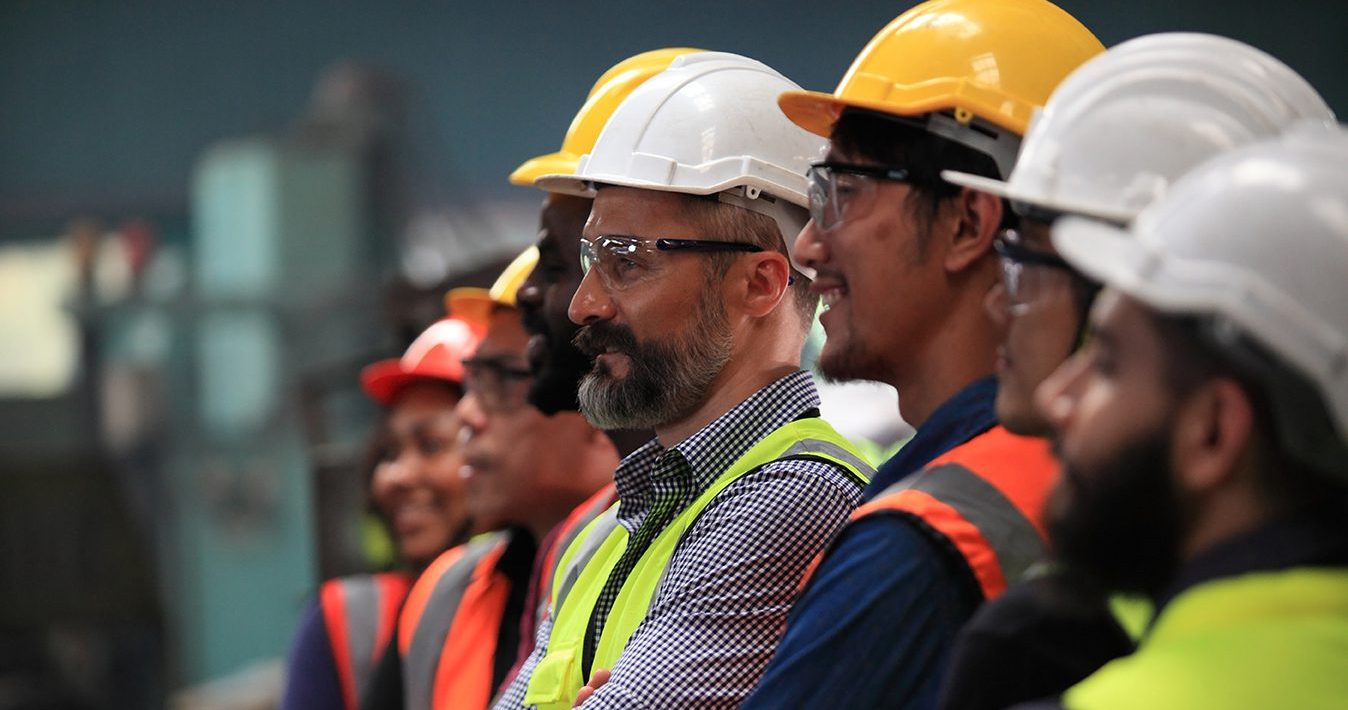The Engineering Construction Industry Training Board (ECITB) estimated last year that around 25,000 additional workers would be needed for major projects, including those related to net zero by 2026.
New research reaffirms this but then reveals the labour demand gap will get wider with an estimated shortfall of 40,000 workers by 2028.
The ECITB’s new Labour Forecasting Tool (LFT) predicts the demand for new workers needed in the engineering construction industry by 2028 is much higher than previously thought.
This includes mechanical and electrical engineers, scaffolders, process engineers, project managers, pipefitters, welders, and instrument and control technicians.
Insights into workforce numbers across regions and sectors
Developed by the ECITB and Whole Life Consultants with the support of a technical reference group comprising key industry stakeholders, the LFT provides insights into workforce numbers across regions and sectors up to 2035, predicting trends and potential future demand for workers.
The tool has been created using insights from the ECITB 2021 Workforce Census and data from 1,500 active and future ECI projects.
Among its initial findings, the LFT shows there could be a 28% increase in demand for workers in the industry between 2023 and 2028, with nearly 8,000 additional workers potentially needed to meet demand in 2024 alone if planned projects go ahead on time.
ECITB Chief Executive, Andrew Hockey, said: “The Labour Forecasting Tool is a first of its kind. Using data on this scale has not been done before in the ECI and will enable us to build a much better picture of future labour needs.
“Our Leading Industry Learning Strategy 2023-25 focuses on tackling the critical challenges and helping industry to prepare for a boom in project activity for engineering construction employers.
“Attracting new entrants is a key priority for industry and the ECITB, which is why half of the ECITB training grant budget is dedicated to new entrants.
“Through the Regional Skills Hub funding, announced last week, we are also looking to grow capacity-building projects in the UK’s industrial heartlands that will directly increase the flow of workers into the industry.
“Clearly more needs to be done to address skills shortages and requires a truly collaborative approach with employers, governments, training providers and the ECITB all working together.
“Having this new source of evidence will better inform decision-making about what we do and how we support the industry to address these labour needs.
“The LFT also highlights the importance of the data we get from the ECITB’s workforce Census– our bi-annual survey that goes out to every employer. Next year’s census will help us further refine the tool and the data going forward.”
Valuable tool a significant step forward for labour forecasting
The LFT is designed as a resource for exploring workforce trends in the ECI, which operates across the oil, gas, nuclear, renewables, hydrogen, and carbon capture sectors, as well as other process industries, such as chemicals, pharmaceuticals, food processing, water and waste treatment.
The current version of the LFT contains forecast demand data by region, sector and occupational group.
The tool, for example, highlights that an extra 13,000 workers could be needed by 2028 in the nuclear sector, while 16,000 more could be needed by 2030 in the offshore wind industry, which would represent a 75% increase in demand.
Quarterly updates of the underlying project data and updates to the tool will take place after the ECITB 2024 ECI Workforce Census.
Mark Riley, Chair of the Client Contractor National Safety Group (CCNSG), was part of the LFT’s technical reference group. He said: “The release of this Labour Forecasting Tool by the ECITB is a significant step forward in understanding the tensions and opportunities that are affecting the engineering construction workforce.
“For the first time we can visualise this key industrial infrastructure skill base where supply and demand are spread across multiple regions and sectors.
“The LFT will provide a valuable tool to support discussions and decisions around key skills and, as the ECITB continues to work with industry to refine the underlying data and assumptions, the quality of information will only improve.”





